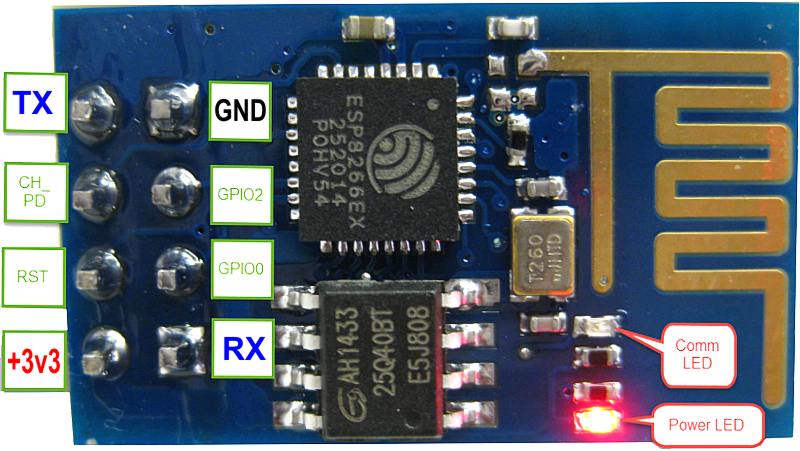In previous article, we have seen how to flash an ESP8266 with ESPEasy.
Lets now see how easy it is to use a sensor such as a DHT11 temperature/humidity sensor.
Lets wire 3v3 and ground and data to our esp8266 gpio 0.
Now, simply add a device on port GPIO 0 and pick a type « Environment – DHT11/12/22 ».
And your ESPEasy should now report temperature and humidity.









